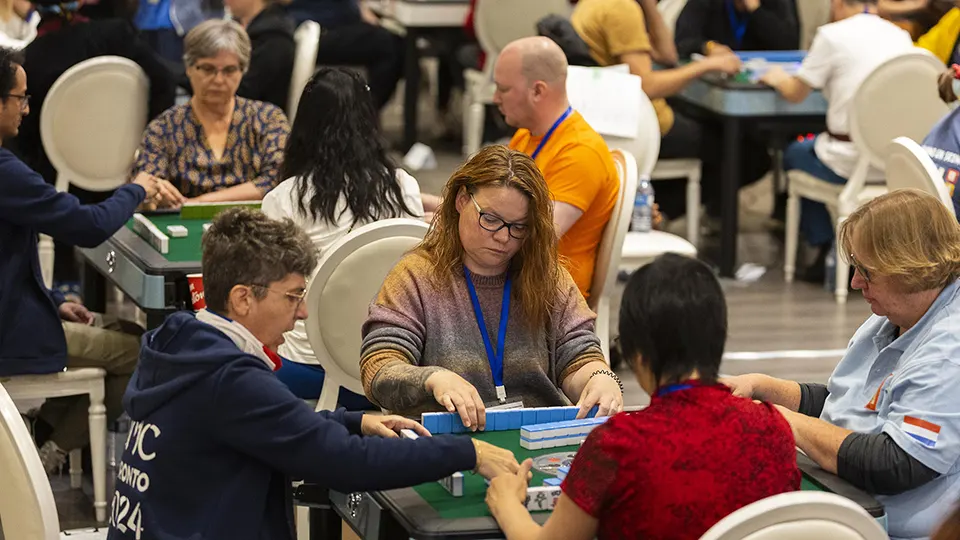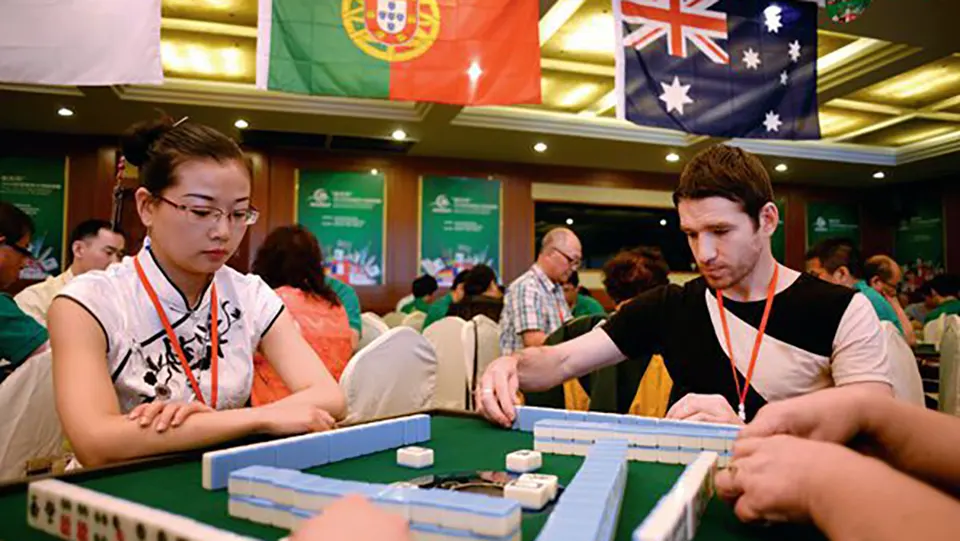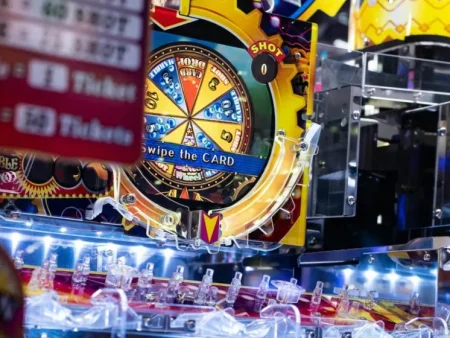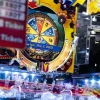The Rise of Mahjong has become one of the most fascinating stories in the world of traditional gaming. What began as a regional pastime rooted in ancient Chinese culture has transformed into a global trend. From Asia to the Americas, Europe to Australia, mahjong is capturing the imagination of people across generations and cultures.
As this traditional tile game enters a new digital era, its popularity is fueled by a mix of nostalgia, strategy, media representation, and the universal appeal of social gaming. In this article, we explore the origins, modern resurgence, and future of mahjong in a truly global context.
A Glimpse into the Origins of Mahjong

Mahjong’s journey begins in China during the Qing dynasty, where it is believed to have evolved from earlier card games such as “Madiao.” The modern version of the game took shape in the late 19th century, incorporating 144 tiles and a set of complex rules that combined chance with deep strategic thought.
Historically, mahjong was more than just a game—it was a cultural ritual. It was played during family gatherings, festivals, and important life events. In many Asian households, a mahjong table held the same significance as a dinner table: a place for connection, conversation, and competition.
Mahjong Across Borders: A Global Journey
The Rise of Mahjong in the West
While mahjong had been played in Asian communities around the world for decades, its expansion into mainstream Western culture didn’t truly take off until the 20th century. American missionaries, diplomats, and businessmen who visited China brought the game back with them.
In the 1920s, mahjong experienced its first American boom. The game was marketed as an exotic and intellectual pursuit. Companies like Parker Brothers even produced mahjong sets, introducing simplified rules tailored for Western audiences.
Today, the game’s resurgence in the West is closely tied to a renewed appreciation for Asian culture, online gaming platforms, and community-based gameplay.
Digital Revolution and the Online Mahjong Craze
apacaff | The internet has played a critical role in the rise of mahjong. Once limited to physical tables and neighborhood clubs, mahjong is now accessible to anyone with a smartphone or computer. Online platforms and mobile apps like Mahjong Soul, Real Mah Jongg, and Crazy Mahjong offer players a chance to play live with opponents around the globe.
Key factors fueling the online mahjong boom include:
- Accessibility: No need for a physical set or three other players; AI and matchmaking systems fill the gaps.
- Customization: Players can choose from various regional styles such as Hong Kong, Japanese Riichi, or American mahjong.
- Community: Online forums, chatrooms, and tournaments build vibrant international mahjong communities.
Cultural Exchange Through Tiles and Strategy
Mahjong as a Cultural Bridge
One of the most compelling aspects of the rise of mahjong is how it fosters cross-cultural connections. The game may originate from China, but its appeal is universal. People from vastly different cultures learn the rules, understand the symbolism of the tiles, and engage in a game that demands patience, planning, and social intuition.
Dr. Lin Wei, a cultural studies professor, remarks:
“The popularity of mahjong outside of Asia illustrates a broader trend in the appreciation of traditional games. It’s not just about playing; it’s about the community and culture surrounding these games that attracts people.”
This perspective sheds light on why mahjong is increasingly used in language learning centers, cultural immersion programs, and cross-cultural events.
The Role of Media in Mahjong’s Global Appeal
Television, movies, and literature have done wonders in boosting mahjong’s global popularity. In recent years, the rise of mahjong can be traced in part to its frequent appearances in media:
- “The Joy Luck Club”: This iconic film illustrates how mahjong plays a central role in familial ties, identity, and storytelling among Chinese-American women.
- Asian dramas and variety shows: Korean, Chinese, and Japanese TV often feature mahjong in competitive and comedic formats.
- Manga and anime: Japanese mahjong (Riichi) has its own subculture of illustrated and animated series, captivating youth audiences.
Media doesn’t just portray the game—it romanticizes the rituals, the strategies, and the camaraderie, drawing new players into the fold.
How Mahjong Impacts Communities

The resurgence of mahjong is doing more than just entertaining—it’s building communities.
Social Mahjong Clubs and Community Events
In cities across the world—from New York and London to Singapore and Sydney—mahjong clubs are popping up. These gatherings are multigenerational and multicultural, blending elderly players with young enthusiasts and mixing local traditions with international styles.
For many, joining a mahjong club is about more than the game itself:
- It’s a way to connect with cultural heritage.
- It’s a social outlet for seniors combating loneliness.
- It’s an avenue for language learners to interact in immersive environments.
In universities, mahjong has also become a popular club activity that encourages strategic thinking, teamwork, and cultural education.
The Psychological and Cognitive Benefits
One reason behind the rise of mahjong is its ability to stimulate the mind. Studies have shown that regular mahjong play can help with:
- Memory retention
- Cognitive flexibility
- Problem-solving skills
- Social interaction, especially among older adults
A study from the National Institutes of Health found that elderly players who regularly played mahjong showed significantly lower rates of cognitive decline compared to non-players.
Competitive Mahjong: The World Stage
In recent years, mahjong has even stepped into the world of competitive gaming. International tournaments are held regularly, including the:
- World Mahjong Championship
- European Riichi Mahjong Championship
- American Mahjong World Series
These events have elevated the game to a new level of prestige. Players train seriously, analyze hands with mathematical precision, and even stream their games on Twitch and YouTube.
The eSports-like structure of these competitions is helping to further drive the rise of mahjong among younger audiences who are looking for games that mix luck, skill, and a dash of drama.
Challenges Ahead for Global Mahjong
While mahjong’s future looks bright, it also faces a few challenges:
- Rule Diversity: Different regional versions can confuse new players.
- Cultural Sensitivity: Simplifying or Westernizing rules can sometimes dilute traditional elements.
- Gambling Concerns: In some regions, mahjong is still linked to underground gambling, which can affect its image.
However, organizations and communities worldwide are working to preserve mahjong’s integrity while making it accessible for a broader audience.
Conclusion: A Tradition Reborn
The rise of mahjong globally is not just a trend—it’s a cultural evolution. What was once a quiet pastime played in tea houses and family homes has now become a symbol of global cultural exchange, mental agility, and social connection.
As technology brings mahjong to new players and international tournaments give it mainstream attention, this centuries-old game is proving that it’s more than just a pastime—it’s a timeless pursuit that bridges generations and cultures.
Whether you’re a beginner learning your first chow or a seasoned player chasing the perfect hand, the rise of mahjong offers a beautiful blend of tradition, intellect, and human connection that’s here to stay.












